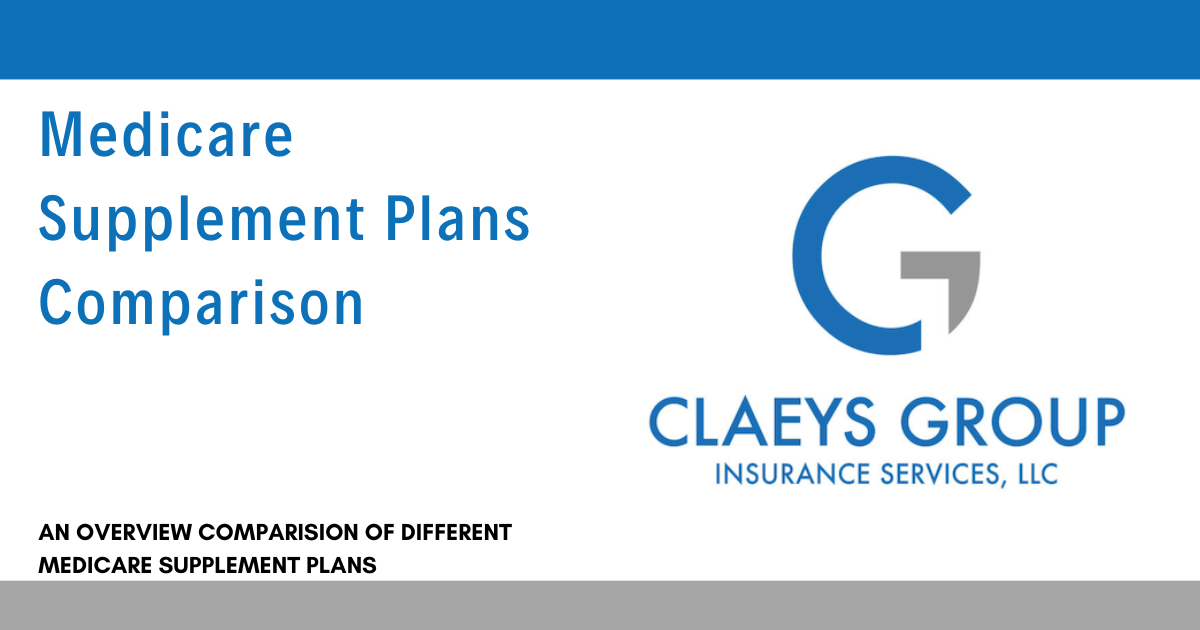
There are 10 Medicare supplement policies, each offering its own set of standardized benefits (plans A through N; Massachusetts, Minnesota and Wisconsin also offer their own versions through federal waiver). Premiums vary by insurer.
Medicare Supplement insurance provides coverage for medical costs not covered by Original Medicare, such as copayments, coinsurance and deductibles. Some applicants for Medicare Supplement policies must go through medical underwriting when applying and may be denied coverage or charged higher premiums because of preexisting conditions (with waiting periods applicable). Furthermore, state laws and regulations govern whether your Medicare Supplement insurer can charge different rates depending on factors like your age, gender, smoking status and residency area.
Medicare Supplement Plans Comparison
Medicare Supplement insurance (commonly referred to as Medigap policies) are voluntary policies designed to help lower unexpected out-of-pocket healthcare expenses for anyone over 65. Standardized plans A through N are offered and anyone may purchase one during their Initial Enrollment Period (3 months before and after turning 65).
Having knowledge of the different Medicare Supplement plans and understanding their differences is one of the best ways to ensure you select the optimal plan for your unique individual requirements. Discussing your Medicare coverage options with a trusted, independent agency specializing in Medicare is another great way to make a confident and informed Medicare coverage decision for yourself or a loved one.
Medicare Supplement Plan A
Medicare Supplement Plan A offers the following coverage:
- Part A coinsurance and hospital costs up to an additional 365 days after Medicare benefits are used up
- Part B coinsurance or copayment
- Blood (first 3 pints)
- Part A hospice care coinsurance or copayment
If you choose Plan A, you will be responsible for paying both your Medicare Part A and Part B deductibles.
Medicare Supplement Plan B
Medicare Supplement Plan B is very similar to Plan A. Plan B offers the following coverage:
- Part A coinsurance and hospital costs up to an additional 365 days after Medicare benefits are used up
- Part B coinsurance or copayment
- Blood (first 3 pints)
- Part A hospice care coinsurance or copayment
- Plan B also provides coverage for the Medicare Part A deductible for hospitalization
If you choose Plan B, you will only be responsible for paying your Part B deductible.
Dependent upon when and how soon after becoming Medicare eligible you were, Plan B may be available during the six-month Medicare Supplement Open Enrollment Period – during this time private insurers cannot refuse your application or charge more for similar policies than other applicants.
Medicare Supplement Plan C
Medicare Supplement Plan C provides more comprehensive coverage than either Plan A or Plan B. For those who prefer more predictable costs and who may be willing to pay a higher monthly premium, Plan C might be a good choice.
Due to changes in polices relating to Medicare Part B deductibles, Plan C is no longer offered to people who have turned 65 on or after January 1, 2020. Anyone currently on Plan C may keep their Plan C benefits by renewing their existing policy and keeping up with their premiums.
Plan C covers basic Medicare benefits including:
- Hospitalization: pays Part A coinsurance plus coverage for 365 additional days after Medicare benefits end
- Medical Expenses: pays Part B coinsurance—generally 20% of Medicare-approved expenses—or copayments for hospital outpatient services
- Blood: pays for the first 3 pints of blood each year
- Hospice care: pays Part A coinsurance
- Skilled nursing facility care
- Medicare Part A deductible for hospitalization
- Medicare Part B deductible for medical and hospital outpatient expenses
- Travel-abroad medical emergency help
Plan C coverage is limited to Medicare-approved charges. Additional out-of-pocket expenses may be required if your doctors charge more than what is allowed by Medicare.
Medicare Supplement Plan D
Medicare Supplement Plan D covers most out-of-pocket expenses except the Part B deductible and excess charges. It does not offer coverage for dental and vision care along with hearing aids and glasses. All Medicare Supplement Plan D policies cover the same expenses, no matter which health insurance company you choose.
Medicare Supplement Plan D provides the following benefits:
- Hospitalization: pays Part A coinsurance plus coverage for 365 additional days after Medicare benefits end
- Medical Expenses: pays Part B coinsurance—generally 20% of Medicare-approved expenses—or copayments for hospital outpatient services
- Blood: pays for the first 3 pints of blood each year
- Hospice care: pays Part A coinsurance
- Skilled nursing facility care
- Medicare Part A deductible for hospitalization
- Travel-abroad medical emergency help
So, as we can see, Medicare Supplement Plan D is similar to Plan C, but lacks the Medicare Part B deductible for medical and hospital outpatient expenses. Plan D typically provides lower monthly premiums as opposed to Plan C, however.
Medicare Supplement Plan F
Plan F is widely recognized as being the most comprehensive of the Medicare Supplement plans available and remains one of the most sought-after choices. Although its premiums tend to be among the highest, its coverage extends to all 9 standardized benefits including Part A deductible coverage as well as copayments or coinsurance for hospital stays – although not prescription drug costs which are covered separately under Medicare Part D plans.
Recently, Plan G has begun challenging Plan F in popularity. For people new to Medicare, Plan G may provide similar coverage at more cost-effective monthly premiums.
While Plan F’s basic benefits are consistent across the nation, premiums may differ between companies and may change each year. That’s why it is essential to compare prices annually and select the most cost-effective plan available in your area – an experienced insurance agent can assist in this search for value Medicare plans.
As well as comparing Plan F premiums, it’s also important to take the reputation of the insurance company into account. You can do so through Medicare’s “Plan Finder” database by entering your zip code and viewing a list of companies near your area that can be filtered based on price, company name, gender or tobacco use – plus more. It may also help if you speak with a licensed agent who can give personalized advice tailored specifically towards meeting your individual needs.
Medicare Supplement Plan G
No matter what your objective is, understanding premiums is key in selecting a plan which best meets both your budget and medical needs.
Medicare supplement plans are federally-standardized; however, premiums may differ significantly depending on your location and age. Furthermore, be sure to choose an insurer licensed in your state with an excellent complaint record; if uncertain contact your state insurance department.
One major advantage of Medicare supplement plan G is its lower annual premium increases compared to other plans, likely due to its policyholder pool being healthier and filing for less claims which in turn can decrease future costs.
Plan G is another popular option due to its comprehensive coverage at an economical cost. If you want to enroll, the optimal time would be during your initial open enrollment period (OEP), which begins the day you become both Medicare eligible and enroll in Part B.
However, if you’re currently enrolled in Medicare Advantage plans and would like to switch over to Original Medicare, you must do so during either your Original Enrollment Period (OEP) or Special Enrollment Period (SEG). In either instance, however, medical underwriting will need to be conducted in order to qualify for Original Medicare with higher premiums as a result.
Medicare Supplement Plan K
When choosing a Medicare Supplement plan, it’s essential to compare all available plans. Each one offers slightly different coverage; your budget and healthcare needs will help determine which plan best meets them.
At present, there are 10 Medicare Supplement plans standardized and labeled with letters A through N that meet federal standards. These policies fill some of the gaps left by Original Medicare, and may be purchased from private insurance companies; however not every type of Medicare Supplement policy may be offered and premium costs can differ by insurer.
Though some supplemental plans may have higher monthly premiums than others, all provide coverage that will save money on medical bills. Benefits can include reducing out-of-pocket expenses, limiting annual health care costs and covering emergency healthcare in foreign countries.
Medicare beneficiaries in good health who can afford its more cost-effective premiums should consider Plan K, since its monthly premiums are less costly than many of the other supplemental plans. When making their decision, though, they should also carefully consider if they plan to visit multiple doctors regularly or go to hospitals more often before selecting this plan. A licensed Medicare agent at Claeys Group Insurance can evaluate your needs and find you an option best tailored to meet both healthcare and budgetary considerations – contact us now to get started!
Medicare Supplement Plan L
If you are considering purchasing Medicare supplement plan L insurance, it is essential that you compare and contrast all available plans. Medicare Supplement policies help to cover medical costs that Original Medicare does not cover; however, not all Medicare Supplement policies are created equally; some can be more expensive than others and some offer premium increases based on age while others do not.
Plan L is ideal if your budget is tight; its low monthly premium covers most out-of-pocket healthcare costs with Original Medicare while covering most out-of-pocket costs with Medicare Part B; however, extra charges must still be paid if going beyond the maximum out-of-pocket limit set by government for Medicare Part B.
For maximum flexibility when purchasing a Medicare supplement plan, the open enrollment period should be utilized. At this time, plan changes can be made without subjecting yourself to medical exams or reviews of your medical history. Should you decide to buy outside this window, underwriting could apply and your insurer could deny coverage based on preexisting conditions that existed prior to purchasing the policy. Before buying one it’s wise to contact your state insurance department so as to find out about consumer protections available in that particular plan.
Medicare Supplement Plan M
Medicare Supplement insurance fills any gaps in Original Medicare coverage, such as deductibles and copays. Most states offer 10 standardized Medicare Supplement policies labelled A, B, C, D, F, G, K, L, M, N. Each plan offers different benefits with premiums dependent on both insurer and location.
Medicare Supplement plan M provides a lower monthly premium in exchange for paying half of your Medicare Part A deductible and all Medicare Part B excess charges, helping keep costs of Medicare supplement coverage down. Before choosing this option, be sure you can afford all necessary medical expenses.
As long as you enroll during your seven-month initial enrollment period, any Medicare Supplement policy is open to selection regardless of your health status. Once this initial period ends, insurers can request more information on your health status before charging extra if they decide you do not meet criteria to qualify for coverage.
If you need help selecting the appropriate Medicare Supplement plan, Claeys Group specializes in helping clients choose the best Medicare coverage based upon each unique client’s set of circumstances. Furthermore, we compare costs across multiple insurance providers so you’re getting maximum value for your money. Additionally, we are familiar with state rules regarding age-based increases that might impact premiums as well as each insurance company’s historical patterns of rate-increases.
Medicare Supplement Plan N
Medicare Supplement Plan N provides comparable coverage at a more reasonable monthly premium, making it a good option for people comfortable with copayments for office visits and emergency visits. Unfortunately, however, this plan doesn’t cover Part B deductibles but instead pays 80% of Medicare Part B coinsurance costs.
Medicare Supplement Plan N is designed to offer similar core benefits no matter which insurance company you select; however, different companies may charge different rates. Some use an age-based rating system in which premiums increase with age while others utilize community ratings where premiums remain the same regardless of age.
No matter their rating system, all companies require customers to submit an application before selling a policy. Your six-month open enrollment period starts when Medicare Part B becomes effective – during this time you can enroll in any Medicare Supplement plan without being subject to health underwriting, meaning no insurance company can deny coverage based on health history alone. One exception would be if both Medicare Parts A and B enrollment existed at the time of application as otherwise you must go through medical underwriting before purchasing Medicare Supplement coverage.
Summary of Medicare Supplement Plans Comparison
Selecting an effective Medicare Supplement policy can significantly decrease out-of-pocket expenses. Individuals should compare monthly premiums, deductibles, copayments and any other out-of-pocket expenses when selecting an ideal plan.
Having knowledge of the different Medicare Supplement plans and understanding their differences is one of the best ways to ensure you select the optimal plan for your unique individual requirements. Discussing your Medicare coverage options with a trusted, independent agency specializing in Medicare is another great way to make a confident and informed Medicare coverage decision for yourself or a loved one.







































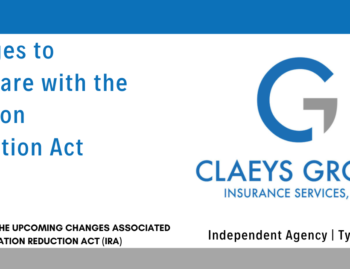
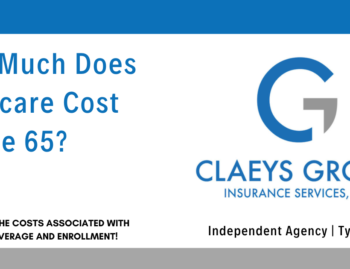

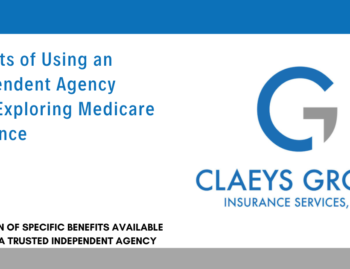
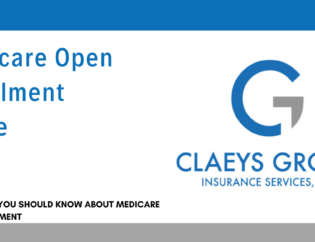

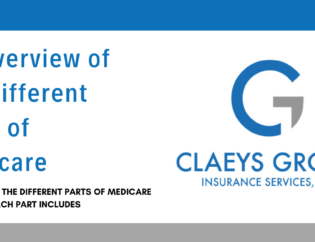


You must be logged in to post a comment.